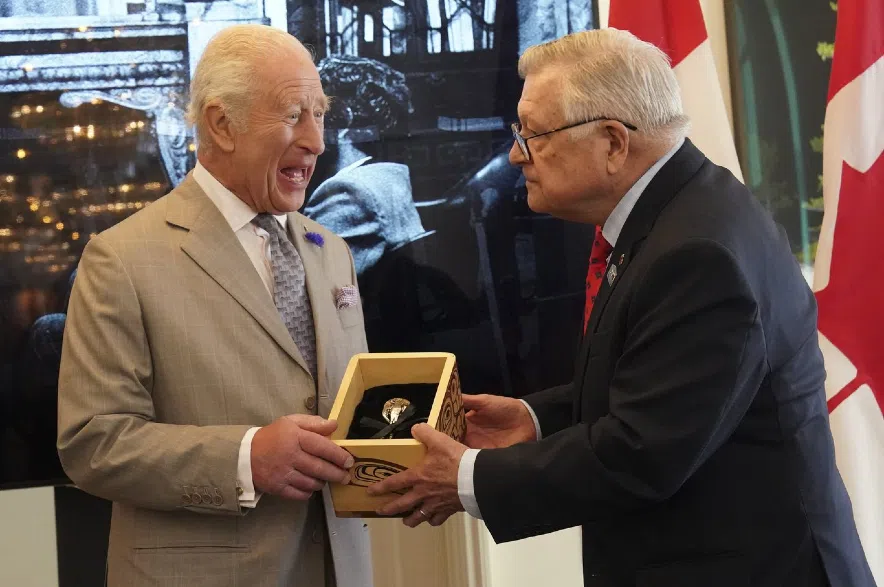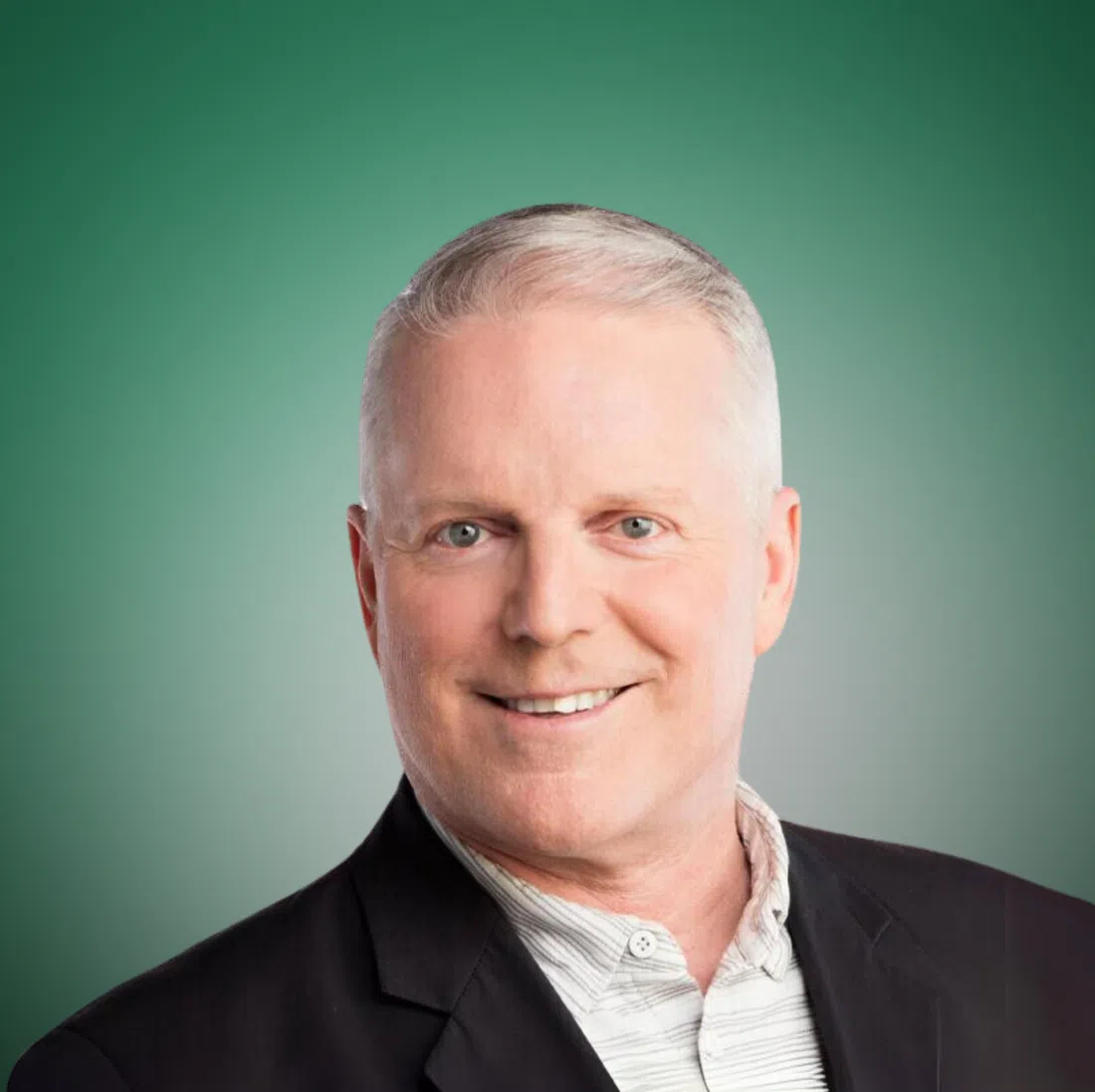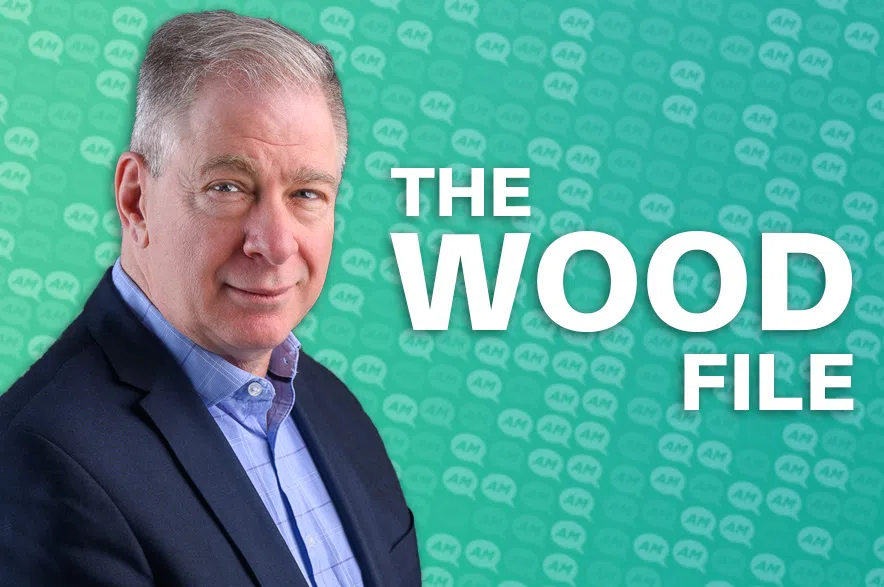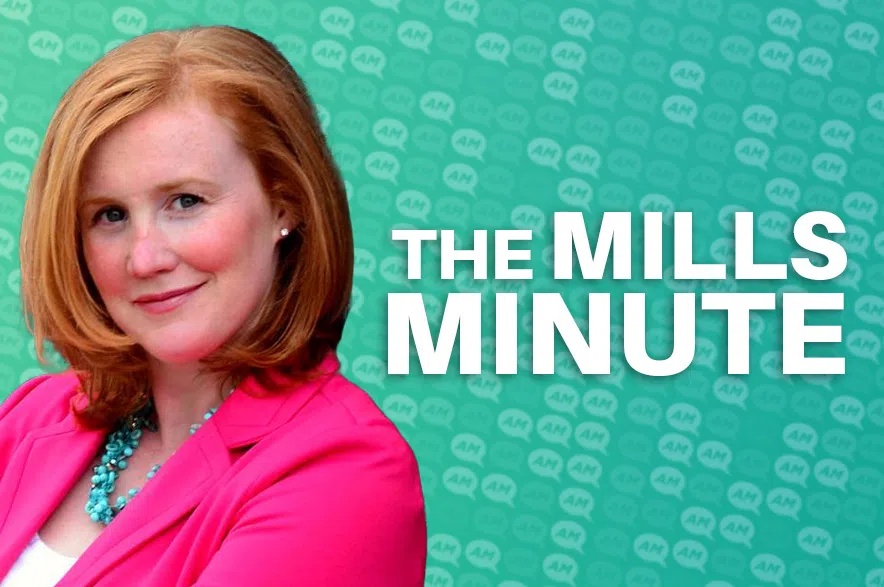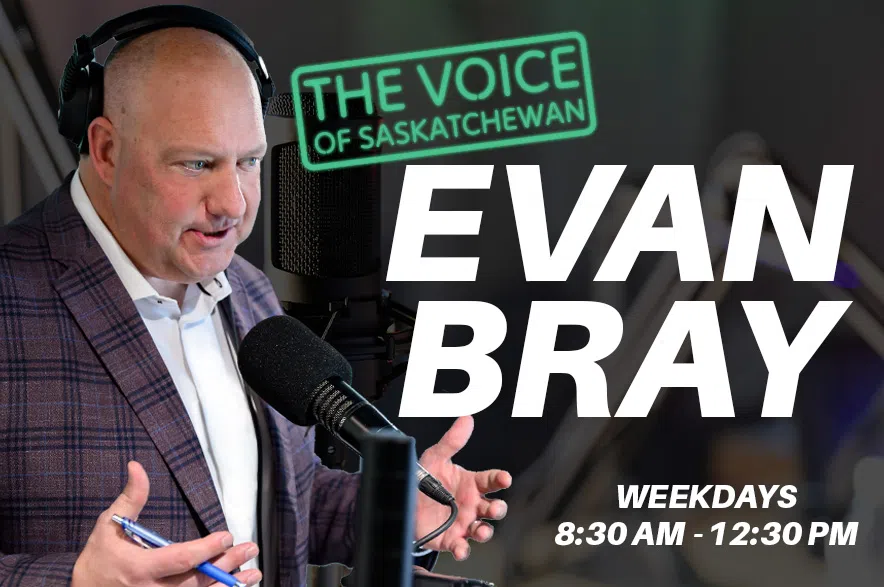OTTAWA — Crews were at work in downtown Ottawa on Friday morning, touching up the protective coating on bronze statues around the National War Memorial before a whirlwind royal visit gets underway on Monday.
King Charles and Queen Camilla will touch down in Canada for their first visit since the coronation more than two years ago.
Read more:
- Liberal government will table federal budget this fall, PM Carney says
- Mark Carney talks about the difference his government plans to make for Canadians
- Almost half of Canadians say Carney ‘stood up’ for country in Trump meeting: poll
Royal watchers say the trip is a significant one on a number of levels.
“If you would have told me six months, even three months ago, that the King would be opening Canada’s Parliament, delivering the throne speech, I wouldn’t have believed you,” said Robert Finch, chairman of the Monarchist League of Canada.
“But the events of the world and the circumstances sort of made the stars align.”
Prime Minister Mark Carney and the Liberal government asked the King to open Parliament, something Queen Elizabeth II did twice before in 1957 and 1977.
The speech, which is written by the government and intended to signal its priorities for the legislative session, is typically read by the Governor General as the representative of the monarch.
This throne speech is meant to send a clear signal beyond Canada’s borders. “Canada has a steadfast defender in our sovereign,” Carney said in a statement the day he announced the visit.
“We’re seeing Canada’s system of government in action,” said historian and royal commentator Carolyn Harris.
“We’re also seeing Canada’s distinctive history at a time when (U.S.) President Donald Trump’s been threatening to make Canada the 51st state.”
Harris pointed out that the King is not visiting as a foreign dignitary or a representative of the United Kingdom, but rather as Canada’s head of state.
The U.S. trade war has put the King in a “delicate diplomatic situation,” she said, because he’s being advised by multiple prime ministers.
“And in the current political climate, some of these different countries where he is King have different approaches to diplomacy with the United States,” she said.
U.K. Prime Minister Keir Starmer, facing his own set of tariff threats from Trump in late February, asked the King to invite the U.S. president to an unprecedented second state visit. Trump made no secret of the fact that he was quite pleased to get the invitation.
While the King and the Royal Family are expressly apolitical, Harris said it’s common for royal tours to be strongly influenced by the political events of the time — and to be remembered in the context of that history.
In 1959, for example, Queen Elizabeth and Prince Philip toured factories and mines as a way of showcasing Canada’s growing postwar economy.
“We do see some emphasis on what the Canadian government wanted the world to know about Canada,” she said.
King Charles and Queen Camilla will kick off the visit with a stop at a farmers market and community event at Lansdowne Park on Monday afternoon before a tree-planting ceremony and more formal events at Rideau Hall.
Tuesday’s throne speech will begin after a short procession down Wellington Street, which is expected to draw large crowds to the area around Parliament Hill.
The King and Queen will be driven in a landau, a horse-drawn carriage driven by a member of the RCMP’s musical ride unit. Mounted members and RCMP in the red serge ceremonial uniform will escort the landau, which was built in Quebec and gifted to Canada for royal visits, to the Senate.
Once the royal couple arrives at the Senate building, the King will receive full military honours and a 21-gun salute. Onlookers will also be able to see him set to inspect an honour guard and band.
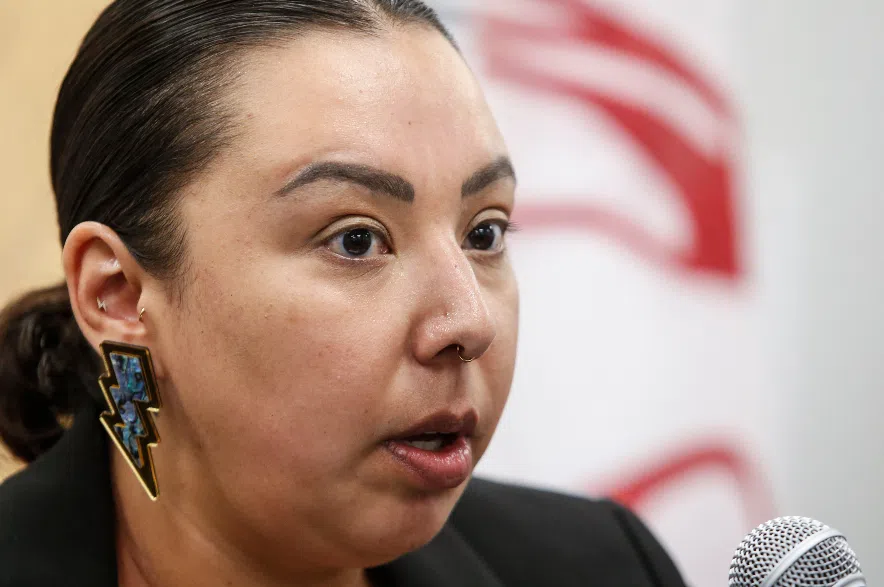
Grand Chief Kyra Wilson of the Assembly of Manitoba Chiefs. (THE CANADIAN PRESS/John Woods)
Indigenous, French and British elements incorporated
Since becoming prime minister, Carney has talked about Canada as being “a country built on the bedrock of three peoples: Indigenous, French and British,” and the day’s events are intended to incorporate elements of all three parts of the country’s history.
Indigenous leaders have been invited to attend Tuesday’s throne speech, and the day’s events will include a First Nations drum group, a Métis fiddler and an Inuit elder lighting a ceremonial lamp.
The head of the Assembly of Manitoba Chiefs, Grand Chief Kyra Wilson, will be in attendance and says participating is a powerful symbol.
“First Nations people are the first peoples of this land. We were here since time immemorial,” she said in an interview.
“We just need to ensure that every single day there is a reminder that First Nations are here and we have Treaties and they need to be honoured and respected.”
The speech itself will be written and read in both official languages and it’s likely to get more attention than any throne speech has in years.
It’s driving somewhat of a revival of the monarchy’s status in Canada and Finch said he’s fielding calls from people interested in joining his organization.
In 2023, when Charles ascended to the throne, polling firm Leger released a survey that suggested a record 63 per cent of Canadians thought it was time to reconsider Canada’s ties to the monarchy.
Finch chalks that up to apathy, rather than any real desire to form a republic, but said he believes things have changed since Trump began threatening Canada’s sovereignty.
“There was an enormous amount of public pressure, and people saying, ‘We want the King to say something,'” he said.
The throne speech is “the biggest act that a monarch is doing in Canada probably since the Queen signed the Constitution back in 1982,” he said.
“It’s going to be one of those events that 25, 50, 75 years from now, you will look back at pictures and say, ‘That was a pivotal moment in the history of the country.'”

Queen Elizabeth II. (THE CANADIAN PRESS FILE PHOTO/Andrew Vaughan)
King Charles walking in his mother’s footsteps
When the Queen came to Ottawa in 1957, she not only opened the initial session of the 23rd Parliament but made her first televised address, a personal speech to Canadians from a study at Rideau Hall.
Hundreds of journalists from The Canadian Press and other media outlets followed the every move of the Queen and her husband, Prince Philip, during their visit that Thanksgiving weekend.
Coverage of the royals dominated front pages, dwarfing news of former secretary of state for external affairs Lester Pearson’s Nobel Prize and tips on spotting the recently launched Soviet satellite Sputnik as it traversed the night sky.
The Queen delivered her first televised Christmas message in 1957, a royal holiday tradition that previously involved huddling around the radio.
She had a chance to get used to the camera, and a newfangled teleprompter, when she sat at a desk to speak to Canadians in English and French on Sun., Oct. 13. She was flanked by photos of Philip, son Charles, who was about to turn nine, and daughter Anne, seven.
The Queen singled out the young people of Canada in her remarks.
“This is a wonderful and exhilarating country worthy of your very best service when you grow up,” she said. “We hope that one day we shall be able to bring our children here to see it.”
Thousands lined Ottawa streets under a blue sky the next day to see the royal couple travel to Parliament in an open gold-trimmed landau pulled by four black horses.
They made their way to the unseasonably warm Senate chamber, where the Queen read the throne speech summarizing the goals of John Diefenbaker’s Progressive Conservative government.
As she spoke, Philip’s eyes “scarcely left her face,” one story noted.
The Queen recalled her predecessor, Elizabeth I, speaking warmly from the heart to members of her last Parliament more than three centuries earlier.
“Now here in the new world, I say to you that it is my wish that in the years before me I may so reign in Canada and be so remembered.”
She would reign as Queen of Canada for another 65 years.
Elizabeth returned to deliver the throne speech 20 years later, on Oct. 18, 1977, during a tour to mark her Silver Jubilee.
The rituals of two decades before once again played out in the streets of the capital.
The Queen and prince were protected from the cold by large buffalo robes as the historic landau proceeded to Parliament Hill, greeted by booming field guns, a CP story noted.
“Boys on bicycles peddled madly beside the royal carriage until police stopped them.”
The couple were greeted by Pierre Trudeau, prime minister at the time, wearing a morning coat adorned by his trademark red rose.
Inside the Senate chamber, a hush fell over assembled parliamentarians and red-robed Supreme Court justices as the Queen donned a pair of half-moon eyeglasses — the first time she had worn spectacles in public — and began reading the throne speech, the news service wrote.
The speech dwelled on themes that might seem familiar today.
“Given the new economic realities to which Canada must adjust, and the urgency of promoting linguistic and cultural harmony, it is readily apparent that Canada is now entering a new era,” the Queen said in French.
The Liberal government of the day used the speech to assure Canadians of its profound dedication to rediscovering “the spirit of unity.”
The Queen concluded by stating that she too dedicated herself anew “to the people and the nation I am very proud to serve.”
— by Sarah Ritchie, with files from Brittany Hobson in Winnipeg
Read more:
